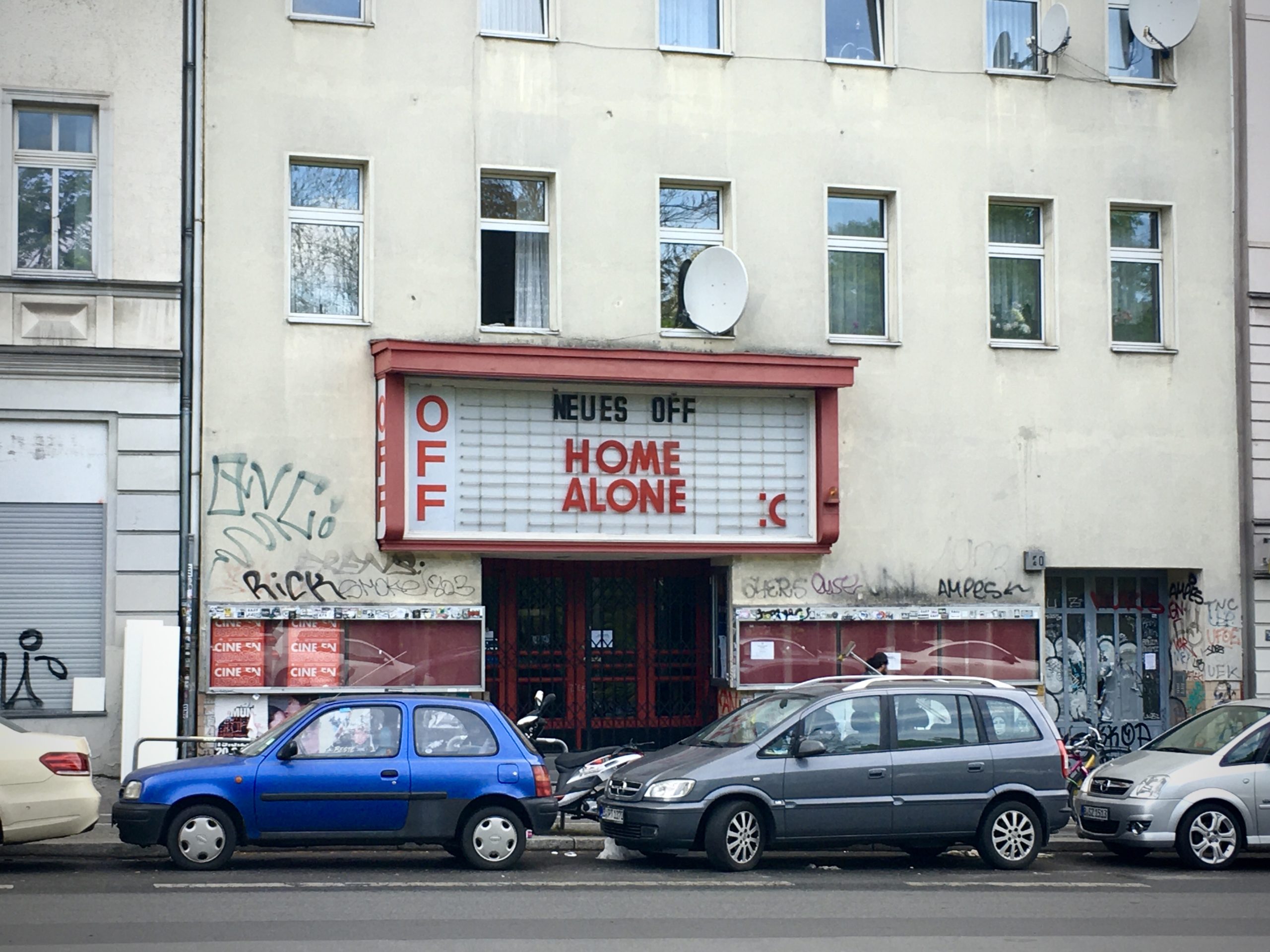Holobiont in biology refers to “an organism plus its persistent communities of symbionts” (Gilbert 2017: M73) and was used for decades by scientists focusing on plants. As Scott F. Gilbert explains, animal-focused biologists have struggled to conceive of animals as holobionts, because the concept undermines the deeply rooted notion of an animal’s anatomical, genetic, developmental, immune, physiological, and evolutionary individuality (ibid: M74). The term highlights the never-ending processes and constant multispecies interactions in which a body is immersed, which make up the body and enact its bodily functions (or malfunctions) and needs. Our bodies don´t end at the skin; they contain a myriad microorganisms that flow from one body to the other, mostly inadvertently. This passage of tiny messmates (cf. Haraway 2008) from one body to the next has become suddenly noticeable and feared, with the spreading of COVID-19. Like a well functioning infrastructure, our microbiomes remain silent and invisible, until they are a disrupted, usually portrayed as an attack (cf Martin 1990).
COVID-19 is, of course, not considered to be a symbiont. The war narrative, accurately portrayed 30 years ago by Emily Martin in her work about narratives of the immune system (1990), has been prevalent in discourses about the novel coronavirus. We are all fighting together, as bodies and as humans, against this invisible invasion that puts our lives at risk and dramatically changes everyday existence. The material conditions of our relations, and of our bodies themselves, have changed. The virus transgresses the skin-boundedness of the self; we become increasingly alert to ways in which invisible entities get into us and damage our organs and immune systems.
In order to protect the health system and bio-socially vulnerable people , we have been asked to take responsibility for our microbial trails and to reduce them as much as possible. We have been asked to become skin bounded, to retain the flow and overflow of the microscopic entities comprising us. This is most effective if we stay home alone. But staying home alone has its own consequences. So, we have been bombarded with advice and instructions of how to avoid the spreading of COVID-19. How to properly wash hands; how to put on and remove a face mask; how to open a door without touching the handle; how to do home office; how to do sports indoor; how to stay healthy in quarantine; how to reorganize your kitchen, and so on. Human touch and physical relations with others have become a privilege, but they exist in confinement: big families living together, fearless teenagers, people recovered from COVID-19. The virus has highlighted ways by which we live in different bio-social conditions: for some, the threat of the virus to their immunosuppressed bodies is the biggest risk; for others, staying home with abusive cohabitants, or staying home alone, is a dangerous torment. For some, the home office is a dream come true; for others, it is a task impossible to master in the presence of children or in the absence of an appropriate infrastructure. Our biologies do not exist by themselves; they are entangled in social relations and material conditions (cf. Niewöhner and Lock 2018). A virus has many consequences, not all located within the human body.
As I sit at my dining table staring at the faces of my colleagues, frozen in weird gestures, on the screen of my laptop, probably missing crucial information because of my poor Internet connection, looking at my dry hands and greatly missing the bodily co-presence of my colleagues, I can´t help to wonder: Is this what it is like to be a good holobiont in times of a pandemic? Is this how I take care of my microbiome and all the other microbial compositions out there?
It is complicated enough to care for and participate in the complex choreography taking place with humans, animals and materials around us without acknowledging the vast amount of invisible life that flows inside and between us. But now we are collectively seeing the invisible and being asked to account for it. Perhaps, we should be wondering how to be a good holobiont, and acknowledging the diverse biosocial vulnerabilities inside and outside of us, not only in times of pandemic, but all the time. Remember that germophobic times bring upon massive death on another scale, that of the microbes. As we wash our hands again and again and disinfect surfaces, our little symbionts are dying in masses. Remember that antibiotic resistance is out there, threatening the future of animal health, including our own. Remember that we are always interconnected. Remember that contagion is always a problem for infants, the elderly and for immunosuppressed humans. Remember that microbial activity is crucial to life on earth. It is a hard balance to master, between exposure and protection, and it takes a lot of experimenting. And certainly as STS scholars we should be well equipped to look into these experiments and developments. As Salla Sariola said at the end of her contribution to the Nordic STS conference (2019), citing Scott Gilbert:
It is “the time of microbes”
References
Gilbert, Scott F. (2017) Holobiont by Birth. Multilineage Individuals as the Concretion of Cooperative Processes. . In: Arts of Living in a Damaged Planet. Ed: Tsing, Anna, Heather Swanson, Elaine Gan, Nils Bubandt. Minneapolis – London: University of Minnesota Press
Haraway, Donna (2008) When Species Meet. Minneapolis: University of Minnesota Press.
Martin, Emily (1990) Toward an Anthropology of Immunology: The Body as Nation State. In: Medical Anthropology Quarterly.
Niewöhner, Jörg and Margaret Lock (2018) Situating Local Biologies. Anthropological Perspectives on Environment/Human Entanglements. BioSocieties. First Online: 05 April 2018
Sariola, Salla (2019) Bacterial vaccine development in Benin, West Africa: anticipating the post-antibiotic world. Nordic STS Conference 2019.
